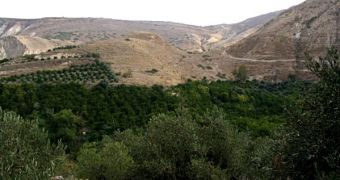One of the biggest issues in the field of archeology is the fact that ancient civilizations did not bother to leave behind a full account of their history. Rather, all that remained are shards and fragments of times long gone. Some groups of individuals are only known to have existed because they left behind certain clues, of which none points to them directly. Archeologists have always tried to piece these evidences together, but they are not always successful, and so many question marks still remain. But lately their work is made easy by computer models, Inside Science reports.
When analyzing the past, experts consider a multitude of aspects related to those respective times. In other words, when they look at a shard of pottery, they think of everything that the artifact represent. Scientists need to consider aspects such as chemistry, the environment, agriculture, the arts, linguistics and a host of other factors that may have contributed to a craftsman producing that artifact. But modeling the interactions that occur between individuals, or between a population and its environment is never easy, and this is where computer models come in.
A growing portion of the scientific community dealing in this field says that conducting archaeological research in the old way could become very detrimental. They argue that the approach provides only a limited view of the past. “At best we get snapshots, usually with very tiny windows on what's going on in the past,” explains Arizona State University in Tempe geoarchaeologist Michael Barton. But computer models are different. They enable the study of such elements as agricultural activity, soil erosion, and animal populations, in addition to providing a clear view of how various societies were organized at the time.
Modeling “is a new way to try to take the ideas archaeologists have had about how people interact with each other and the people around them and actually turn those into a kind of a measurable reality, kind of a laboratory,” Barton adds. “We historical scientists always have the problem that we have some kind of pattern and don't understand the processes that created it. I think that the models that we're doing do help us learn things that we can't learn by just looking at the archaeological record itself,” adds Washington State University in Pullman archaeologist Timothy Kohler.

 14 DAY TRIAL //
14 DAY TRIAL //